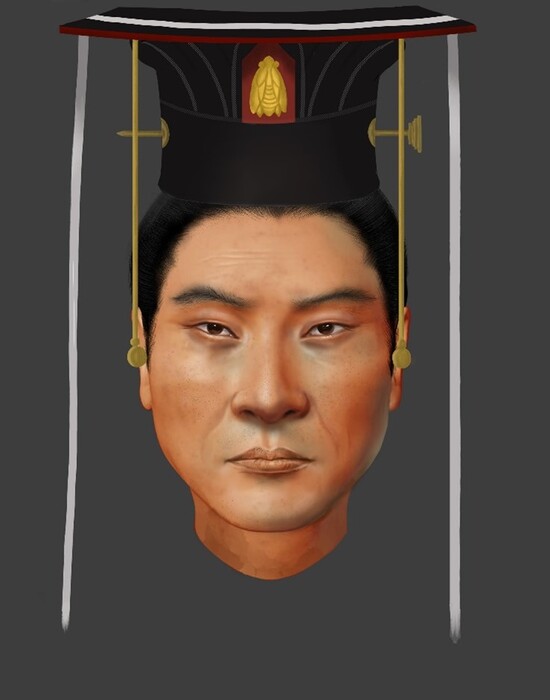Ancient DNA proves that we have had a completely wrong picture of the Vikings
Created: 01/12/2023 13:58
By: Bjarne Kommnick
Researchers have completed an extensive DNA analysis of Viking culture.
Our previous picture seems to be completely wrong.
Södra Sandby - An international group of scientists have used ancient DNA to paint a rich picture of the fabled Viking culture,
The Wall Street Journal
previously reported.
During excavations, the researchers found bones, teeth, a sunken warship and the site of a violent massacre and analyzed them using the latest DNA technology.
The data suggest that our previous picture of the Norsemen may be completely wrong.
location | Sodra Sandby |
Surface | 3.63 km² |
population | 6.136 |
Metropolitan County | Skåne County |
Clues found in DNA: Research team investigates migration of Vikings
The results of the study were published in the journal Cell in early January.
Research would particularly focus on the migration of the Vikings more than a millennium ago.
An excavation in the Swedish Södra Sandby near a historic castle was decisive for this.
The researchers examined a total of 300 historical genomes.
A group of researchers has found and analyzed DNA from Vikings, some of which is 2,000 years old.
© Daniel Lindskog
The study shows that a wave of people entering Scandinavia from the British-Irish Isles and the eastern Baltic introduced new genetic information into the Viking population between the years 750 and 1099, the culmination of the dynamic Norse conquest era.
'Has Changed': Study Provides Key Findings About Viking Culture
"The so-called Viking Age was always understood as a time of movement, but the way this was understood has changed," explains Dr.
Neil Price, professor of archeology at Uppsala University, who was not involved in the research.
"We used to talk about a 'Viking expansion,' where the ancient Scandinavians somehow ventured out into the wide world in search of portable wealth, trade contacts, and land to settle in."
Price demonstrate that "this was a world of movement in all directions - to Scandinavia as well as out."
Researchers on Viking migration: "They also took prisoners"
Probably the greatest finding of the research is that Vikings even raided regions in Scandinavia to acquire slaves, according to Mark Collard, an evolutionary anthropologist at Simon Fraser University in British Columbia, who was also not involved in the study.
"Archaeological artifacts and historical documents indicate that they also took prisoners"
also read
"Zombie drug" covers the USA: Xylazine leads to amputations - no antidote in sight
TO READ
Escalation in Vienna: Man drags climate activists from zebra crossings – video shows freaks out
TO READ
New investigations into missing Emanuela Orlandi: pressure on the Vatican is growing – a lawyer with a current statement
TO READ
Europe's largest deposit of rare earths discovered in Sweden
TO READ
The most valuable passports in the world: top place for Germany - bad prognosis for the USA
TO READ
Fancy a journey of discovery?
My space
Migration in the Viking Age: Genetic change did not last long
This had an impact on the genetic diversity of Viking culture.
However, the genetic change did not last long.
After the Viking Age, then, there would have been a notable decline in Baltic and British-Irish ancestry among the Scandinavians.
"While there is still some genetic influence from these regions today, it's not as much as we would expect," said Dr.
Götherström, who was involved in the research.
He further explains: "I can only credibly explain this because many of these people who came to Scandinavia during the Viking Age did not start families and were not as efficient at having children as the people who already lived there".
This is revealed by analyzed DNA from people who died between the early 1st century and the mid-19th century, discovered in archaeological sites and graves across Sweden and Norway.









